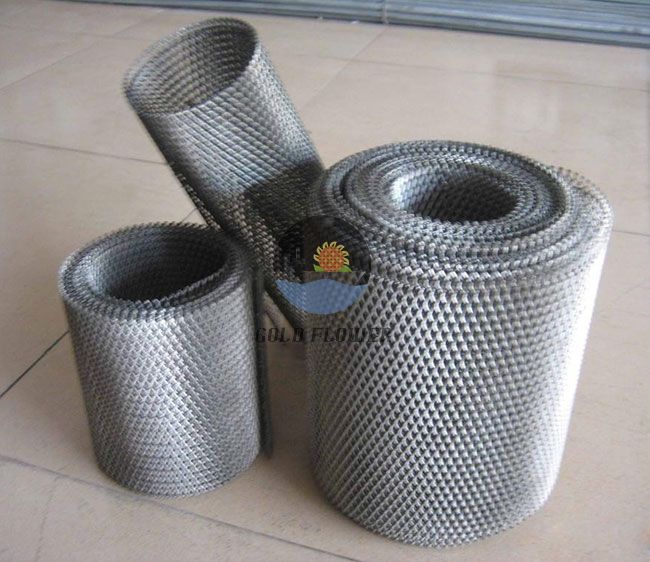aŭg . 29, 2024 01:30 Back to list
Discover the Best Iron Filter Solutions for Your Home
Understanding Iron Filters A Comprehensive Guide
Iron filters are essential devices designed to remove excess iron from water, particularly in regions where groundwater sources have high iron concentrations. This article will explore the significance of iron filters, their functioning mechanisms, types, maintenance, and benefits for residential and commercial water systems.
The Importance of Iron Filters
Iron is a naturally occurring element found in soil and rocks, and it leaches into groundwater through natural processes. While iron is an essential nutrient for humans and plants, excessive iron in water can lead to several issues. These include staining on laundry and fixtures, unpleasant metallic taste, and even health concerns if it interacts with other contaminants. Iron filters help address these problems, ensuring that water is safe, clean, and palatable.
How Do Iron Filters Work?
Iron filters primarily operate through two mechanisms oxidation and filtration. The most common type of iron filter is the oxidation filter, which uses a media that promotes the oxidation of dissolved iron (ferrous) to insoluble iron (ferric). This process entails several steps
1. Oxidation Oxygen from the air or a chemical oxidizing agent is introduced to the water, causing the dissolved iron to oxidize and form solid particles. 2. Filtration Once the iron has oxidized into solid particles, the filter media captures and removes these particles as the water flows through. 3. Backwashing To maintain optimal performance, residential filters undergo regular backwashing, which flushes out accumulated iron particles and restores the filter’s efficiency.
Types of Iron Filters
iron filter

There are several types of iron filters available, each designed for specific applications
1. Birm Filters Birm is a common filter media that facilitates oxidation without the need for additional chemicals. It works effectively in neutral to slightly alkaline pH levels. 2. Greensand Filters Utilizing manganese dioxide-coated sand, these filters are effective in both oxidizing and filtering iron and are often used when high levels of manganese are also present. 3. Catalytic Carbon Filters These filters can remove both iron and other contaminants such as chlorine, making them suitable for complex water quality issues.
4. Ozone and Chlorine Injection Systems In more extensive systems, ozone or chlorine injections can be used to oxidize iron before filtration occurs.
Maintenance and Considerations
Maintaining iron filters is crucial for their longevity and performance. Regular backwashing, replacing filter media, and monitoring water quality are essential tasks for homeowners and facility managers. Some systems may require additional maintenance, such as checking the pH of the water, as optimal performance is often dependent on appropriate pH levels.
Conclusion
In conclusion, iron filters are an invaluable solution for managing iron contamination in water supplies. By understanding their working mechanisms, various types, and maintenance needs, homeowners can ensure that their water systems remain functional and efficient. As the demand for clean water continues to grow, investing in a suitable iron filter can significantly enhance the quality of life by providing safe and aesthetically pleasing water for everyday use. Whether for residential needs or commercial applications, iron filters are a worthy consideration for anyone facing issues related to iron in their water supply.
share
-
CE Certified 250 Micron Stainless Steel Mesh Filter
NewsAug.04,2025
-
Premium Twill Weave Mesh for Industrial Filtration & Strength
NewsAug.03,2025
-
CE Certified 250 Micron Stainless Steel Mesh - Durable Filter
NewsAug.02,2025
-
Screen Mesh Price Deals | gpt-4-turbo Optimized Pricing
NewsAug.01,2025
-
CE Certified 250 Micron Stainless Steel Filter Mesh | Premium
NewsJul.31,2025
-
CE Certified 250 Micron Stainless Steel Mesh | Premium Filter
NewsJul.31,2025

